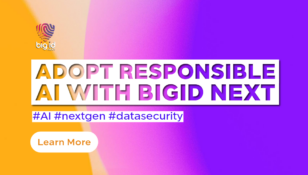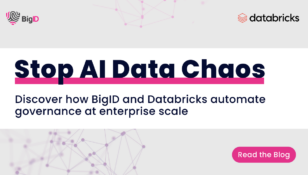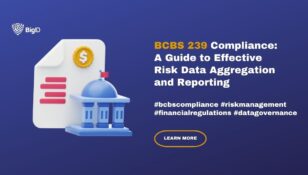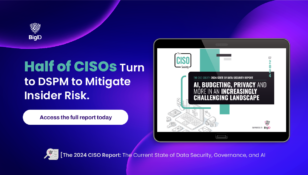What Is Data Governance and Why You Should Care
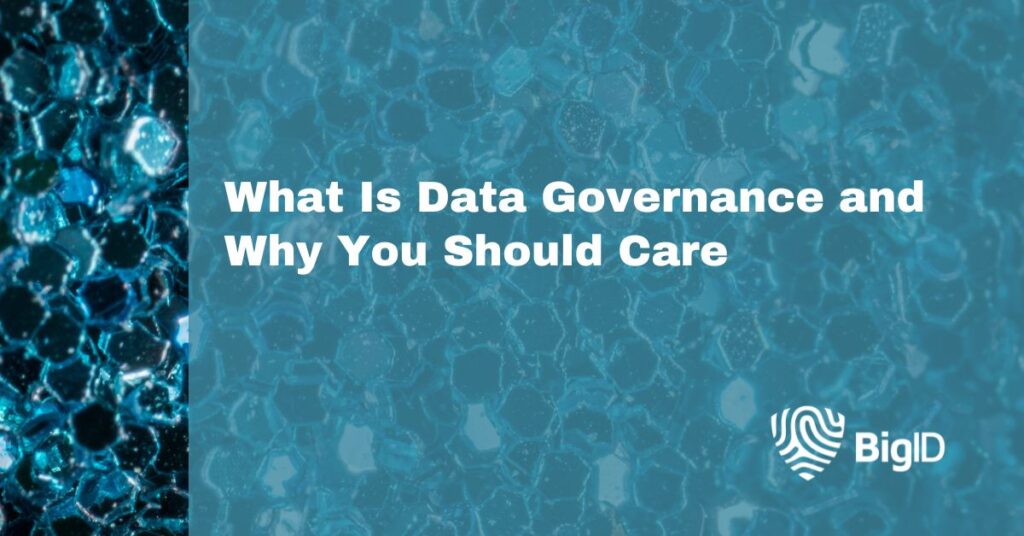
Google Data Governance. Go ahead, I’ll wait. Yes, you did see the results correctly with over a billion results. Despite all those results, Data Governance can still be a complex and misunderstood topic. This article is meant to provide clarity for both data professionals and business stakeholders alike.
Data Governance Definition
How is Data Governance defined? There are many different organizations focused on Data Governance and each one may define them a bit differently. For instance, Enterprise Data Management Council (EDM) defines Data Governance as “the function that defines and implements the standards, controls and best practices of the data management initiative in alignment with strategy.” The Data Governance Institute (DGI) defines Data Governance as “the exercise of decision-making and authority for data-related matters.” Ok, one more, Data Management Association (DAMA), defines Data Governance as “the exercise of authority, control, and shared decision-making (planning, monitoring, and enforcement) over the management of data assets.”
Three industry leading groups, three different definitions. It’s safe to say that the definition of Data Governance should be what your organization needs it to be. For instance, I would define Data Governance as “a Data Management framework that drives automated Data Governance enabling data to be used as a valued asset.” This definition steers away from traditional definitions of control, authority, enforcement. Data Governance should be tailored to whatever it needs to be for your organization to understand it, embrace it, adopt it, and advocate for it. Naming teams Data Governance or having a Data Governance Framework may deter adoption since traditional Data Governance is about control, authority, and enforcement. Modern Data Governance is about enablement, automation, and driving data to be an organizational asset. Believe it or not, simply renaming teams to Data Enablement or calling the framework Data Enablement Framework can help! It represents what teams are trying to accomplish and support their stakeholders vs. the traditional perception of blocking stakeholders from using data.
Some of you at this point may be thinking, I get the Data Enablement angle, but what about all of the regulations and compliance challenges? Even though modern Data Governance is about enablement, automation, and driving data as an asset, it has to include Privacy and Security as well. You can’t have something be an asset to the company if it is increasing risk. Enablement is about simplifying how data consumers can access the data in a safe, secure and compliant way while providing data that can drive value to the company. Let’s explore this a bit more.
There are two sides to Data Governance— offensive and defensive. The defensive side is about protecting your customers, company, partners and data consumers. The offensive side is about accelerating the usage of data to drive Artificial Intelligence (AI) and Machine Learning (ML) models as well as analytics to deliver business value. Delivering business value is why Data Governance is important to all business professionals. As data maturity increases within companies, Data Governance is everyone’s responsibility. Business processes that drive operational data must have business rules that create that data to ensure the right level of data quality. Ensuring all functions are aligned on critical data elements (data that is critical to run the business) is foundational to enabling data. Tagging Personal Information (PI) or Personally identifiable Information (PII) data for all data consumers to see is foundational. Providing secure methods of accessing data through data access intelligence, data security techniques such as masking, encrypting, anonymizing, pseudo-anonymizing and other methods are a must.
The Mainstay of Data Governance
This article is about Data Governance, but you have to be able to connect the dots across Data Governance, Data Security, and Data Privacy. Having key stakeholders come together to drive a holistic approach to Data Governance is critical to reducing complexity, duplication of actions, multiple tools, processes, and execution. The key to driving data maturity is to first know your data. How can you fulfill data rights and privacy obligations without having proper Data Governance to ensure ownership, driving data usage, and defining data across systems to ensure stakeholders know what the data is? How can you respond to a breach if you don’t understand where your PI, sensitive or critical data is and the effects of losing that data without knowing how your data is being used. How can you create models or insights to gain a competitive advantage if you don’t have data fit for purpose to solve your business case?
This complex industry is moving rapidly, so regardless of how you define it, one thing is certain—organizations that adapt Data Governance to their needs will benefit.
Take Action for Governance
So, where to start? First, define what business problem you are trying to solve. Next, understand how data is integral to solve that problem. Begin to build data intelligence by using tools to automate a data catalog, identify PI, PII, sensitive and other critical data through classification. Understand the key applications required to solve the problem and what data is related across those applications through clustering. Connect the data in those applications through correlation creating a 360 view of the data needed to solve the business problem. Once you do this, you can begin to build insight into your data, accelerate time to value by driving solutions using data, and begin building out the other components of Data Governance. It just so happens that BigID can help you begin your journey with our Data Intelligence platform. Check out www.bigid.com to learn more.



